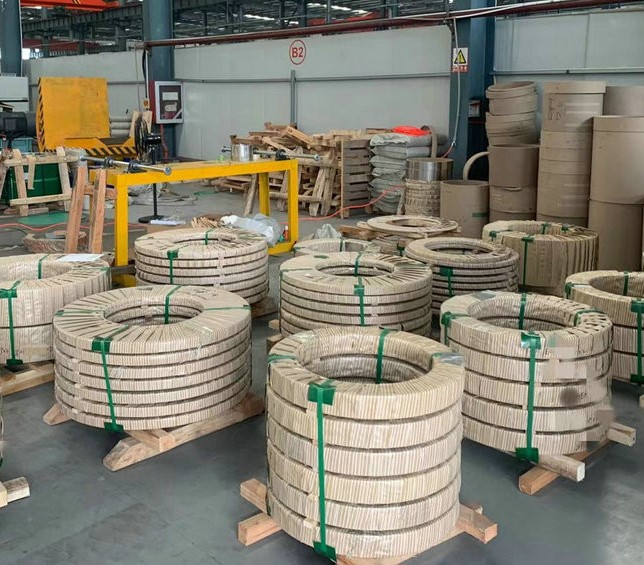What is stainless steel 409 strip?
409 stainless steel strip is one of the types of JIS4312 heat-resistant steel. Ti is added into the material to improve high-temperature stability, improve weldability and prevent intergranular corrosion.
409 stainless steel was originally developed for automobile exhaust system, and also includes non-automobile exhaust system, power generation, heat exchanger, muffler, fuel filter, farm, agriculture, sling, wood stove, furnace, transformer, pipe and pipe equipment components.
Why use stainless steel 409 strip as fin material?
Stainless steel 409 strip is a stable ferritic stainless steel (chromium content is 10.50, the maximum is 11.70), which is suitable use as fin strip.
Stainless steel 409 widely used in oxidation and corrosion protection needs to exceed carbon and some carbon-coated steel. 409 stainless steel has the specifications of hot-rolled annealing and pickling # 1 (HRAP) and cold-rolled 2B or 2D surface finish. 409 stainless steel was originally developed for automobile exhaust system, and also includes non-automobile exhaust system, truck, power generation, heat exchanger, muffler, fuel filter, farm, agriculture, sling, wood stove, furnace, transformer, pipe and pipe equipment components. 409 stainless steel performs well in high temperature environment, has good formability and weldability, and is cheap.

Comments
Post a Comment